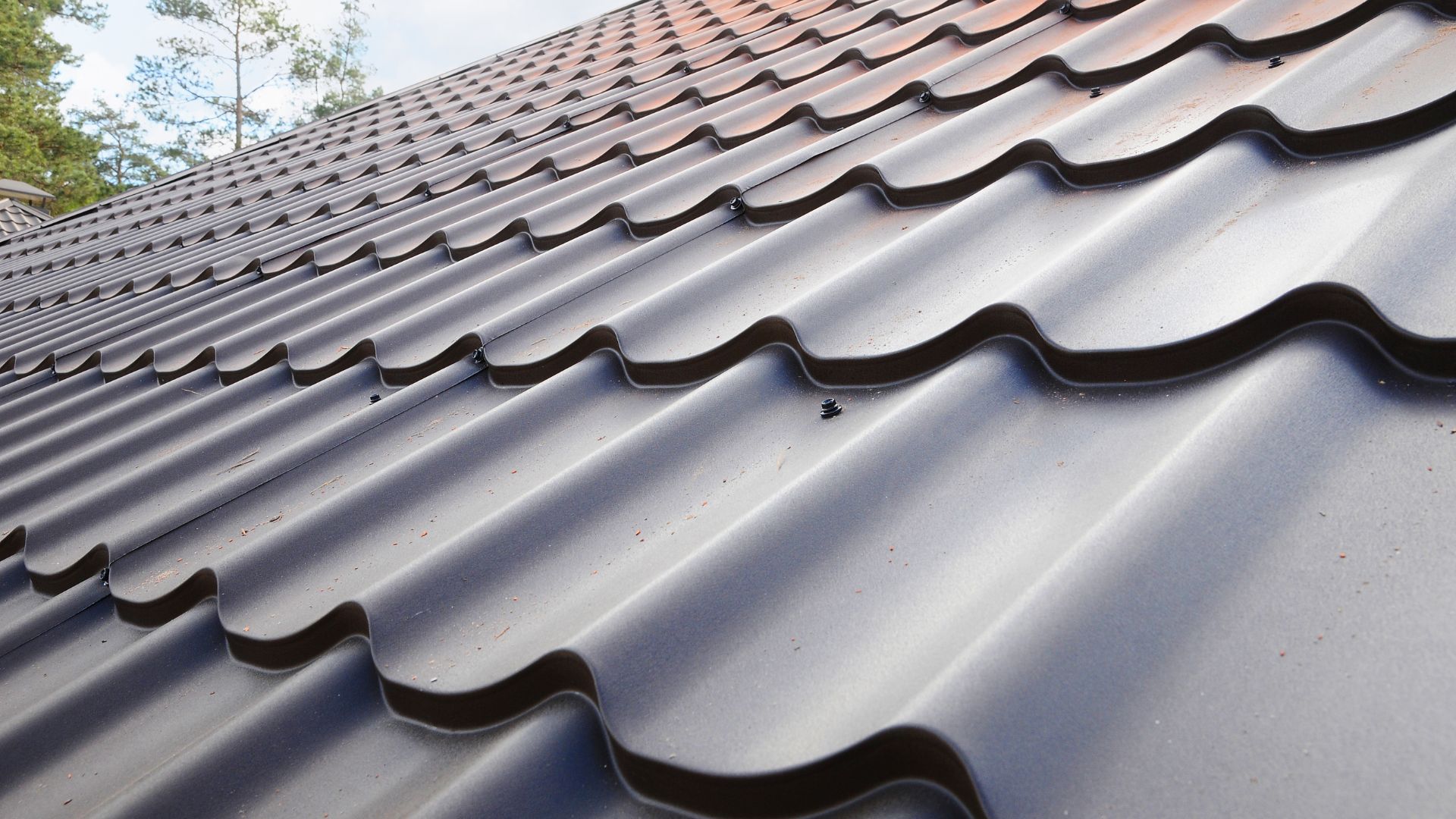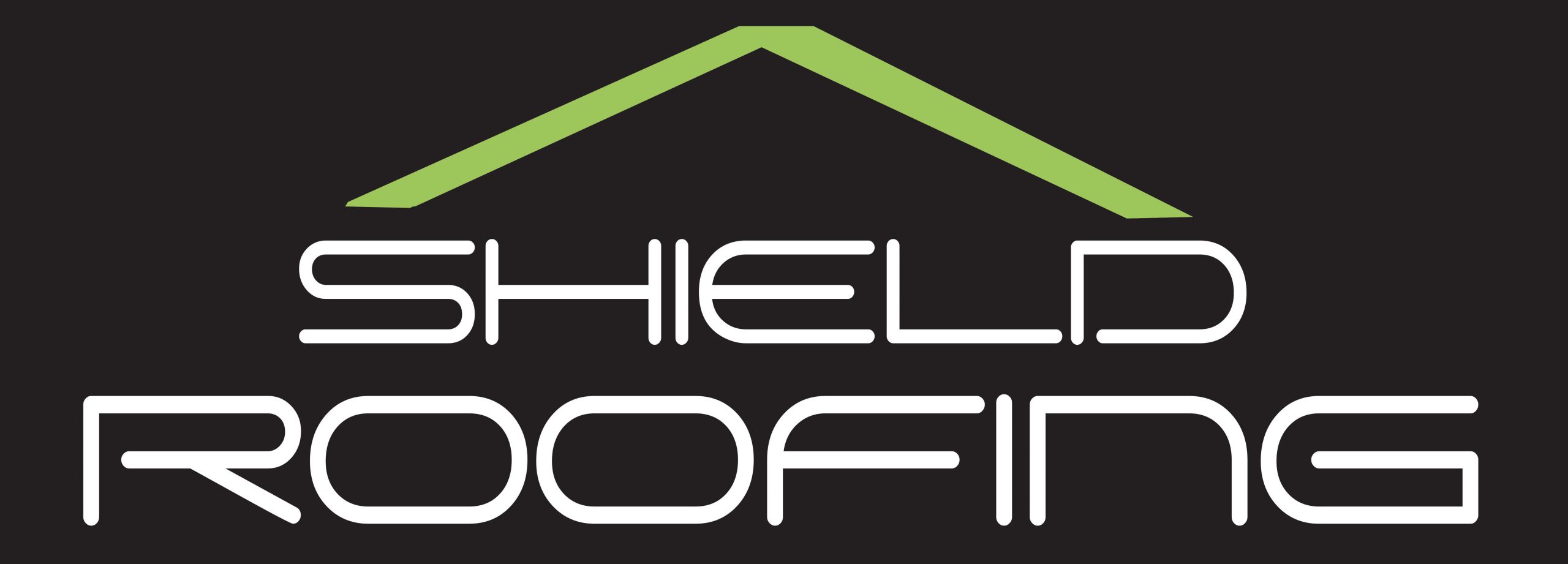Energy efficiency has become a cornerstone of modern commercial building design, with businesses increasingly prioritizing sustainability to reduce operating costs and minimize environmental impact. One often overlooked aspect of energy efficiency is the role of roofing in commercial buildings. The roof is more than just a protective covering; it plays a crucial role in reducing energy consumption and enhancing sustainability. In this guide, Shield Roofing explores the importance of roofing in commercial building energy savings, highlighting the various materials, technologies, and strategies that contribute to a more energy-efficient building envelope.
Understanding Energy Loss Through the Roof

In commercial buildings, energy loss through the roof can account for a significant portion of total energy consumption. This loss occurs primarily through heat transfer, as the sun beats down on the roof, heating up the building interior. Factors such as insufficient insulation, outdated roofing materials, and excessive solar heat gain can exacerbate energy loss and drive up cooling costs. Addressing energy loss through effective roofing solutions is essential for maximizing energy savings and improving overall building efficiency. By investing in energy-efficient roofing materials and technologies, commercial property owners can minimize heat transfer through the roof, reducing the need for artificial cooling and lowering energy bills.
Cool Roofing Technology
Cool roofing technology offers a promising solution for reducing energy consumption in commercial buildings. These roofing materials are designed to reflect sunlight and absorb less heat than traditional roofing materials, keeping the building interior cooler and reducing the demand for air conditioning. Reflective coatings, single-ply membranes, and metal roofs are popular choices for cool roofing applications, each offering unique advantages in terms of durability, performance, and cost-effectiveness. By incorporating cool roofing technology into their buildings, commercial property owners can significantly decrease energy consumption, improve indoor comfort, and extend the lifespan of their roofing systems.
Stay tuned for the next sections of our guide, where we will explore the role of insulation and thermal performance, solar roofing integration, and the importance of regular maintenance in maximizing energy savings in commercial buildings. At Shield Roofing, we are committed to helping property owners achieve their energy efficiency goals through innovative roofing solutions tailored to their specific needs.
Insulation and Thermal Performance
Effective insulation is essential for reducing heat transfer and improving thermal performance in commercial buildings. Different types of insulation materials, such as spray foam, rigid foam board, and reflective insulation, are used to minimize energy loss through the roof. Proper insulation levels help maintain consistent indoor temperatures, reducing the need for heating and cooling systems and lowering energy consumption. By investing in high-quality insulation and ensuring proper installation, commercial property owners can enhance energy efficiency and create a more comfortable and sustainable indoor environment for building occupants.
Solar Roofing Integration
Solar roofing integration offers an innovative way to harness renewable energy sources and reduce reliance on grid-supplied power. Photovoltaic (PV) panels integrated into roofing materials allow commercial buildings to generate clean electricity on-site, reducing utility costs and carbon emissions. While the initial investment in solar roofing may be higher, the long-term benefits in terms of energy savings and environmental sustainability are significant. Additionally, many governments and utilities offer incentives and rebates for solar installations, making it an even more attractive option for commercial property owners looking to maximize energy savings and reduce their carbon footprint.
Maintenance and Roof Lifespan
Regular roof maintenance is critical for preserving energy efficiency and extending the lifespan of commercial roofing systems. Simple tasks such as cleaning gutters, repairing leaks, and inspecting insulation can prevent energy loss and costly repairs down the line. Proactive maintenance helps identify and address issues early, minimizing the risk of energy inefficiency and structural damage. By investing in routine maintenance and working with experienced roofing professionals, commercial property owners can ensure that their roofing systems remain energy-efficient and resilient for years to come.
In conclusion, roofing plays a crucial role in commercial building energy savings, with various materials, technologies, and strategies available to enhance energy efficiency and sustainability. From cool roofing technology and insulation to solar roofing integration and proactive maintenance, there are numerous ways for commercial property owners to reduce energy consumption and lower operating costs. At Shield Roofing, we are dedicated to helping businesses achieve their energy efficiency goals through innovative roofing solutions and expert guidance. Contact us today to learn more about how we can help you maximize energy savings and enhance sustainability in your commercial building. Ready to improve your commercial building’s energy efficiency? Contact Shield Roofing today for expert advice and assistance in selecting and installing energy-efficient roofing solutions tailored to your specific needs. Let us help you save energy, save money, and create a greener, more sustainable future for your business.

